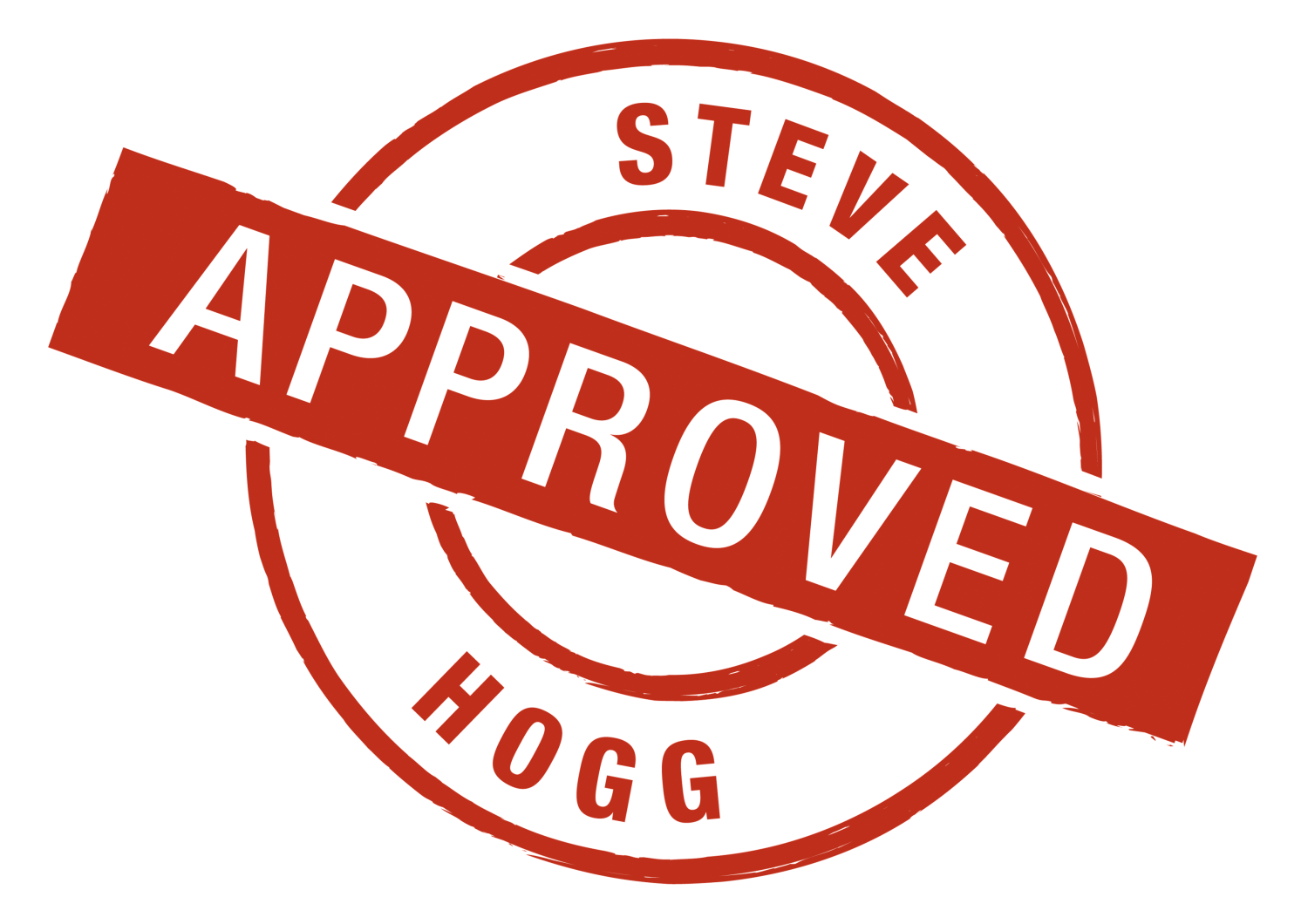Last Updated on April 25, 2015 by stevehoggbikefitting.com
The gent in the clip below was sent to us by his physiotherapist with instructions to do whatever was necessary to resolve the acute ITB insertion pain he was experiencing just below the left knee when cycling. Have a look and see what you think.
I felt surprised that it was only the left ITB insertion that was hurting! But he’s a tough old rooster.
After feeling around while this gent pedalled, it became obvious that his right psoas where it inserts high in the inner thigh was as tight as a steel cable. Because the psoas originates on the front of the lumbar spine and T12 and crosses the hip on its way to inserting at the femur, that extreme tightness was pulling him forward and down to the degree that you see above, on each right side pedal downstroke.
Solution?
Send him straight back to the physio with a note to tackle the right psoas hypertonicity. This isn’t an ITB problem. That’s just the part that hurts. This is a psoas problem.
Lesson?
What hurts isn’t necessarily the problem; just the body part that copes least well with the compensatory fallout.
Note: Often, more specific answers to your questions can be found in the Comments below or in the eBooks section and FAQ page.
To learn more about bike fit products offered by Steve, click here.
Do you have a bike fit success story? Please go here to share.
Thank you for reading, return to the Blog page here or please comment below.Comments (3)
Comments are closed.







My, hard to see it in that video, you must have spent hours looking at that to pick up such a small amount of motion……:P [tongue is now taken out of cheek]
G’day Steve,
i like a lot and i trust this message from these words:
“what hurts isn’t necessarily the problem; just the body part that copes least well with the compensatory fallout.”
now, about the psoas, you mention it a lot during your posts, i read it, i’m tring to understand it, but i can’t. something is missing to me…
-how can that muscle (the psoas) be too tight when riding a bicycle as long as all of us can stand on our feet vertical?
-i mean the legs + the pelvis + the spine being vertical (like our vertcal biped position) this means that the psoas is a lot more stretched (and no pain) compared to our position on the bike, so how can it be tight when riding?…
i do not understand at all :)…
salut si toate bune din Romania! 😉
Mircea
G’day Mircea,
Another good question. If my customers are typical of modern society, then most people have tight hip flexors in general and tight psoas in particular. How can people stand up with a tight psoas?
By having an increased lumbar lordosis and entire pelvis that rotates forward as a result.
One standard test for me is when my fitting client is on their bike, warmed up and riding at a steady state, I stand behind them and press into the insertion point of the psoas at the lesser trochanter. I should be able to feel the psoas moving, because the hip is moving, but my feeling is that there should be little or no tension in the psoas. More often than not, I feel tension, sometimes almost like a rope or cable, and often on the down stroke. The psoas should not be working in extension of the hip. If it is as I’ve described, then either the psoas is extremely short and tight or the rider’s muscle firing sequences are poor and dysfunctional. If the psoas is firing on the pedal down stroke, then the hip is being pulled down on that side.
It is common to say that people who rock on the seat have a seat height that is too high. Sometimes this is the case but often the reason is because the tight psoas, firing inappropriately as I’ve described, is pulling each hip down and forward on each pedal stroke because the psoas crosses the hip.
The interesting thing about this poor muscle firing is that it can be found
in people with and without tight hip flexors. Equally, from time to time I
find riders with tight hip flexors who don’t perform as I’ve just described.